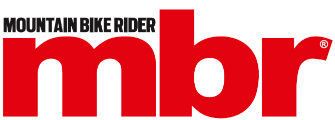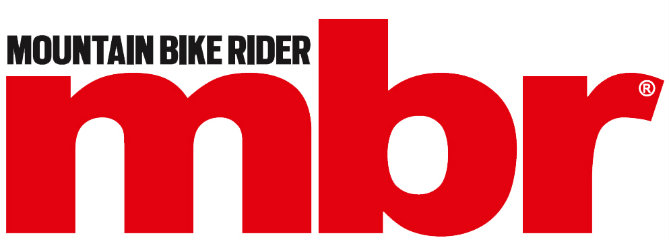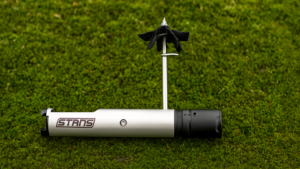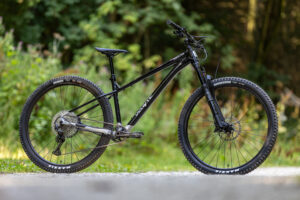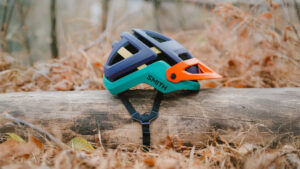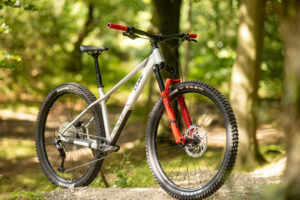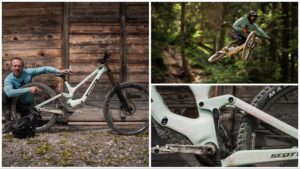OneUp's latest pedal is scalloped out like a wave, designed to cradle your foot and drop your heels
OneUp’s new Wave pedal is great for new riders who need help dropping their heels, but I found the quirky shape less than ideal
I’ve tested flat pedals for decades now and thought I’d seen it all. Concave or convex, big or small, plastic, alloy, magnesium… magnetic, even. And too many bearing and axle solutions to list.
The best mountain bike flat pedals tend to share very similar designs though, a large surface area, concave platform and a low profile. Obviously, an unbreakable axle and durable bearings are expected for your cash as well.
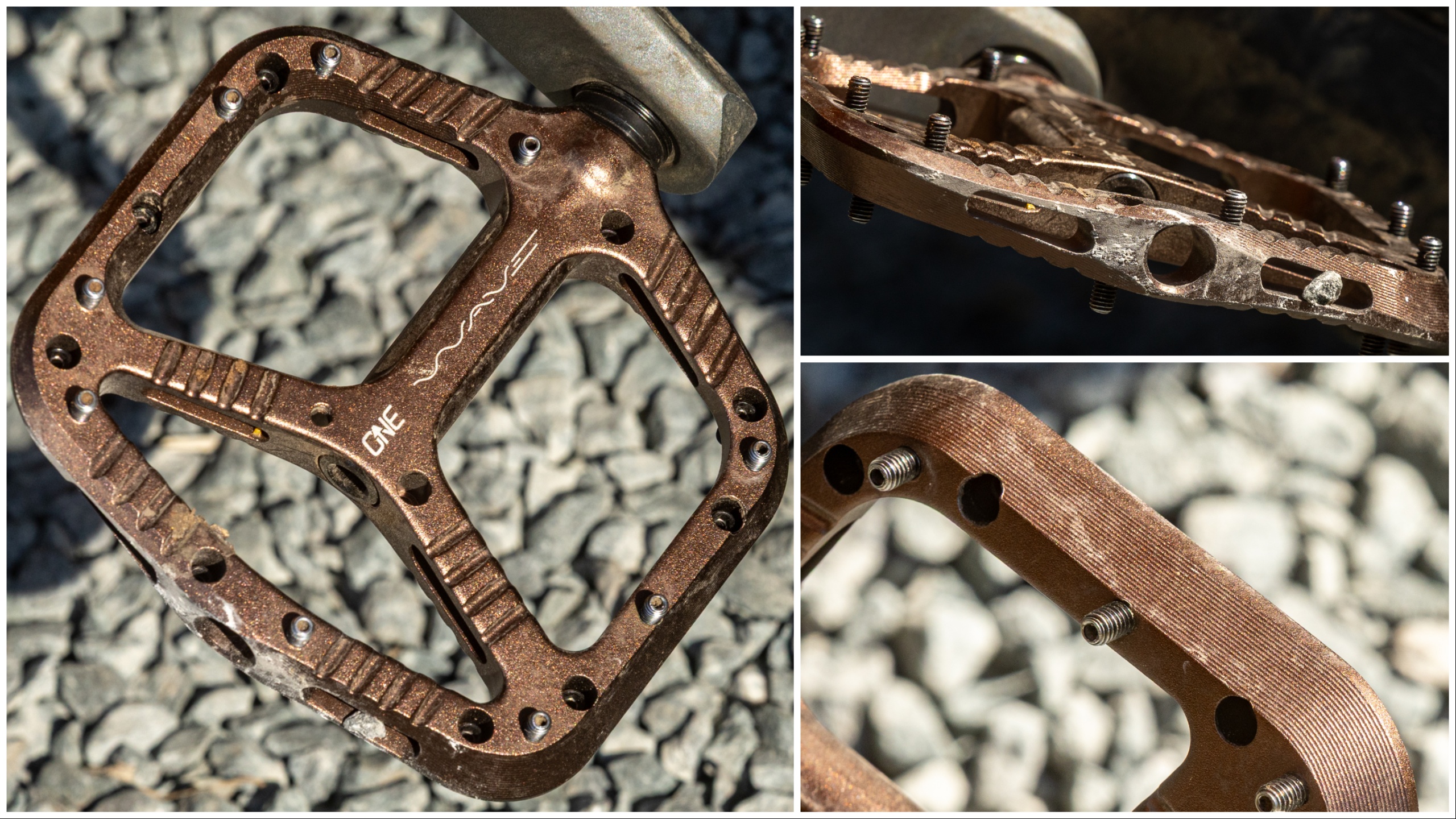
OneUp Wave Pedals
OneUp Wave need to know
- New pedal design with rippled profile that’s both concave, and convex in parts
- Angled pins are vertical when the pedal is tipped backwards in your riding position
- Designed to push your heels down for the optimum flat pedal riding position
- Eight colours, 10 pins a side, IGUS bushings, cartridge bearings, £150 pricetag
OneUp Components think a bit differently though, and this new Wave pedal brings a fresh approach to the flat pedal game. Neither fully concave nor convex, the platform surface is a wavy shape the brand reckons ‘promotes an aggressive heels-dropped riding position and gives you a more natural pedal stroke when seated.’

OneUp’s new Wave Pedals are a totally new concept, using both convex and concave profiles on different parts of the platform
Doing something a bit leftfield isn’t that surprising for the brand, given the brand’s reputation for innovative products. I’m thinking of OneUp’s vibration-taming, extra compliant handlebar and deep attention to detail dropper posts that have become some of the most popular and reliable on the market. So, is this Wave pedal going to become another success story or get washed away in the sea of top performing flat pedals that already exist?
Design and specification
As I mentioned, nearly every flat pedal falls into one of two camps in terms of platform shape: the main body either dished out so your foot sinks into it; or more rounded and raised in the middle over the axle, so your foot curves over the top of the pedal body. The latter shape is usually a trade-off needed to accommodate the axle while still having a more desirable lower height platform overall.
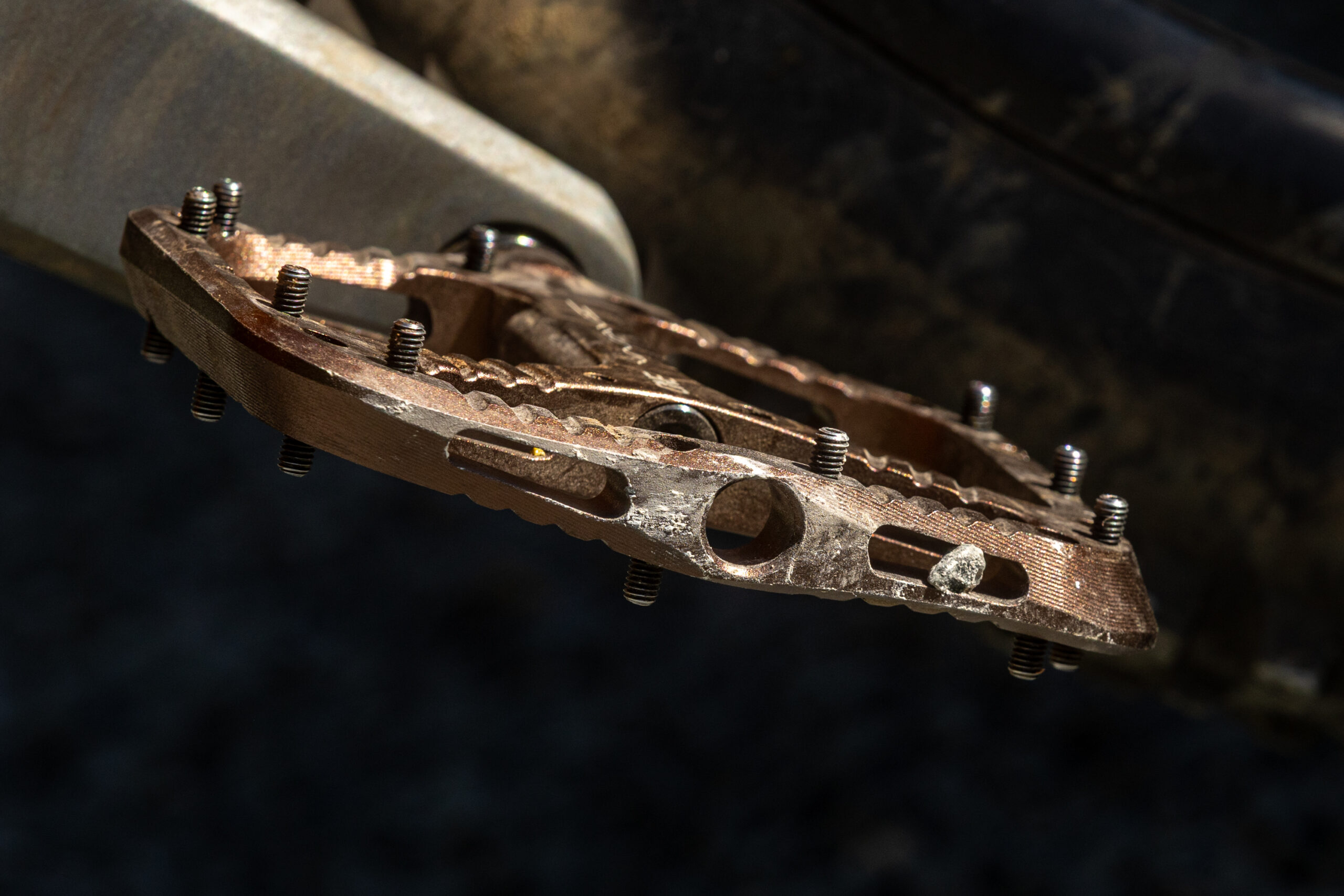
This is a left hand pedal, the leading half is concave to cradle your foot, before turning convex in the middle, at flat at the rear to help drop my heels
OneUp already offers ultra-thin pedals in aluminium and composite that are very popular, and these actually buck my theory to an extent by being almost pancake flat. But they do require a hump close to the crank side to accommodate the inner bearing. For me, they’re almost too flat and I’m also not a fan of the hump because it kind of makes them convex in effect, even if the main part is flat.
This Wave pedal is a different beast, however, and the result of the brand doing thousands of hours of ride testing, eight design iterations and over four years of R&D. All that testing has led to a flat pedal with a more complicated shape than any other on the market – it’s concave in the front, convex in the centre and then flatter towards the rear edge.
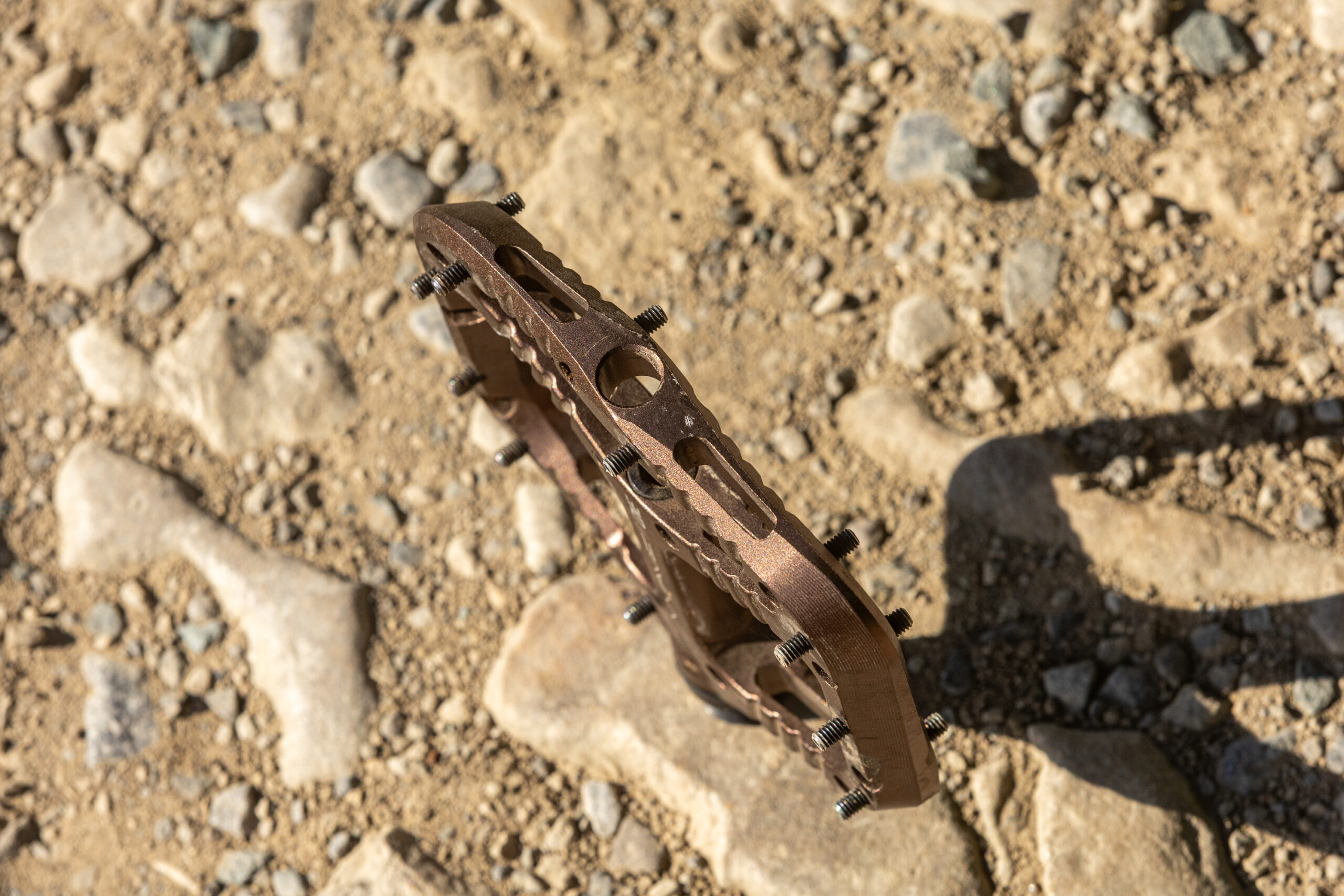
The Wave has one of the oddest looking profiles I’ve seen anywhere
The platform shape has a very slight rise from the rear or heel side up to the front or toe end, with a small dished-out section roughly where the ball of the foot sits in front of the arch. This means the concave part cradles the ball of the foot and the dropped tail encourages my heels to drop lower for ‘more power and control’.
It seems pretty logical to follow the foot’s natural shape, with the slightly raised section over the axle mirroring the arch before tapering away to the heel. But if you’re anything like me, you’re likely wondering whether or not these relatively minor differences can even be distinguished through the sole and mid shank of a typical flat pedal shoe. I’d say that you definitely can, so on that score at least, OneUp has done something different here.
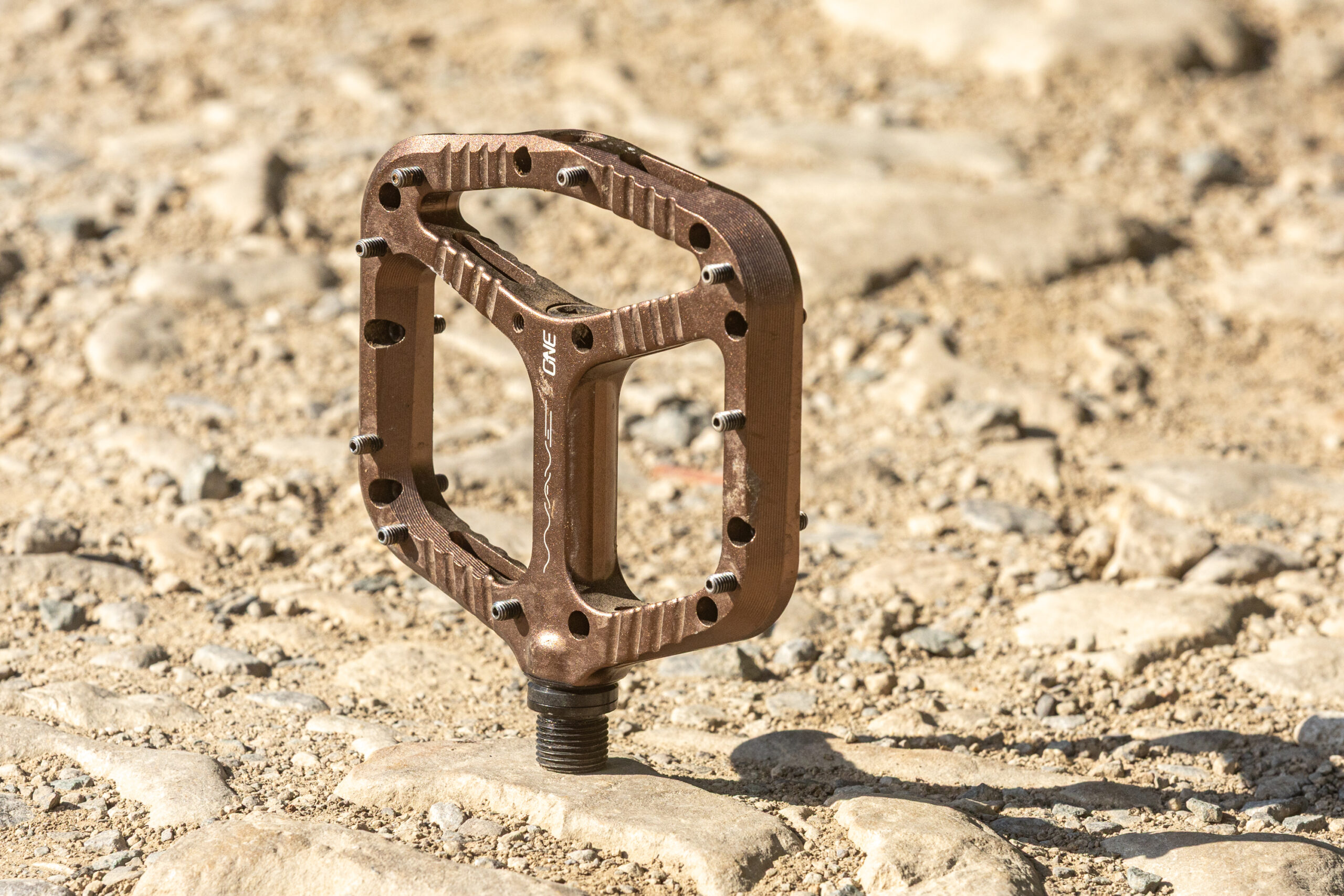
The rest of the Wave is pretty conventional, it has a low profile, 10 pins per side and is made from alloy
The overall platform itself is also pretty low profile, at just 11.5mm tall on the edges and 14.2mm in the central axle bulge. Being slimmer offers better ground clearance than a taller platform and less potential for rock strikes.
Inside, is an IGUS bushing at the crank side and triple-stacked cartridge bearings at the outer edge. The axle itself is chromoly steel and downhill-rated with a corrosion-resistant black coating. The body is made from forged and machined 6061 alloy with nine hollow threaded pins per side. Those pins are angled slightly forwards, which means they’re actually vertically when you’re standing on the pedals with that heels-dropped position the Wave profile promotes.
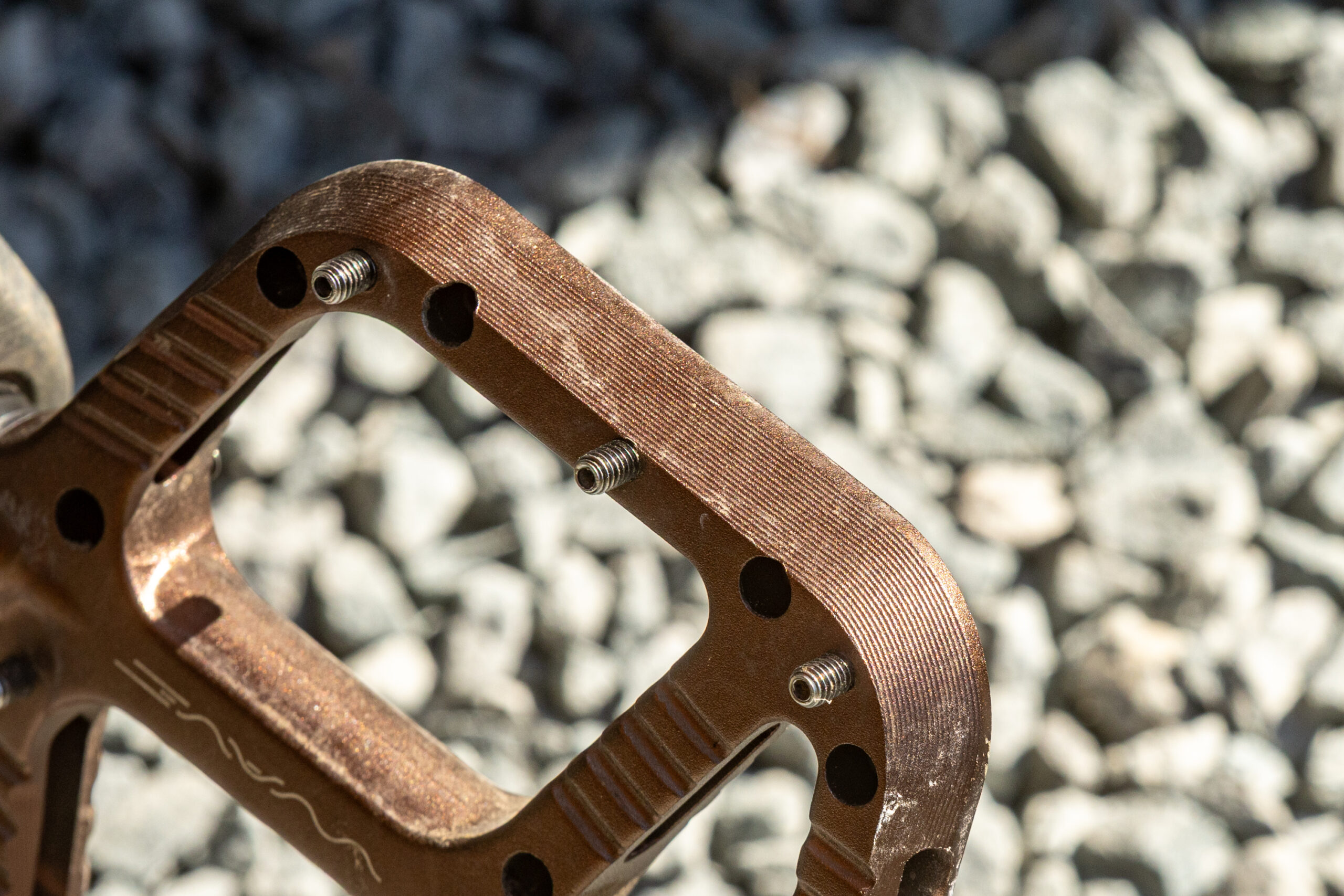
It’s hard to make out, but those pins don’t stand perpendicular to the platform, instead they lean forwards, making them vertical when you’re actually riding
OneUp doesn’t sell aftermarket replacement axles as it says any damaged axle has likely damaged the body too. But included in every box is a special Pedal Bearing Nut tool to service or replace bearings, and 10 spare pins to add extra or replace as necessary.
Finally, there’s enough clearance on the inner side to clear crank boots, and the whole package is pretty light too at just over 350g a pair.
Performance
In my dozens of flat pedal reviews over the years, my favourites have always been, above all else, deeply dished and low profile. I also want them relatively narrow, so that there’s less chance of me sticking them into a rocks or the sides of a rut.

I like the relatively narrow stance of the Waves, but that didn’t stop me snagging the sides on a few dusty rocks
This latter part is especially crucial as anyone who’s had a crash by jamming a pedal into something will know how it can stop the bike instantly and eject you out of the front door into a whole world of trouble.
Pedals that hit the right notes include DMR’s classic deeply-dished Vaults, Burgtec Penthouse MKVs, Hope’s latest F22 pedals, Race Face Turbines and others. For me at least, flat pedals that fall, err, flatter include any convex shapes or even those that have such a flat profile that shoe soles don’t sink in to get that extra front to rear stabilisation.
In light of this, OneUps funky Wave pedal suddenly isn’t looking that promising. It was always going to take something special to convince me this weird and somewhat convex overall pedal from OneUp was in fact what the world was missing. So, how did I get on?

The classic DMR Vault is still one of my all time favourite pedals thanks to its dished design
Well, I have to admit there are elements of the Wave design I really like. For extended periods of pedalling, the shape is very comfortable. I did several really long e-bike rides, with hours sitting down pedalling, and my feet felt more naturally positioned and less fatigued and pressured than usual. The curve in the bottom of the foot feels very comfortable and there’s no sense of clawing over the platform or weird pressure points.
Getting hammered across rough rock gardens or massive root webs, I didn’t like how the rear of the foot is encouraged to be tipped slightly down
I also didn’t have any issues with bagginess, waggle or bearing wear. Other pedals I rate use a similar mix of IGUS bushings and sealed stacked bearings, so I’d bet the Waves will last a long while. I haven’t had time to use them through a wet UK winter yet though.
Down the roughest descents, however, or when my feet were getting hammered across rough rock gardens or massive root webs, I didn’t like how the rear of the foot is encouraged to be tipped slightly down. My foot wasn’t as secure as I’d want, especially on the steepest trails. I also missed the stabilising effect of the little edge on the tail end of a pedal, something you get with a more traditionally dished out platform.

The flat back end made the Waves feel less than secure on really rough descents, which is a shame as they feel great when pedalling
It felt at times like my feet were about to slide off the back of the Wave pedals, even with the pins angled so that they pointed slightly forward. They didn’t slide… but it felt like they might.
And did I notice a more pronounced ‘heels-down’ riding stance? Well yes and no. As I’ve been riding flat pedals for so long, I think with the right amount/enough grip on the best flat pedals, the angle the platform body ends up is exactly where you need it to be anyway. This will likely be the same for most flat pedal riders, so long as you’re comfortable applying loads of pressure into the platform.
My impression was I ride very heels down anyway, so trying to break those habits and let the pedal ‘help me’ in this regard felt a little bit strange after all these years on flats.
For a less experienced rider though, there might actually be something in OneUp’s theory, as the Wave does encourage a tilt in the foot so it sits a bit lower at the ankle than my toes. This stance, something the most experienced flat pedal riders will be using anyway, can be useful to push into. It lets me dig in harder when braking or use my legs and feet to pump and drive the bike or generate traction and control.
The Wave feels way more comfortable and stable than any convex pedal I’ve used before, all of which I have pretty universally hated until now. It’s a bonus the Wave is also very low profile in terms of ground clearance – whether that’s for pedal strike clearance while pedalling (useful seated on an e-bike) or avoiding dangerously catching edges at speed.
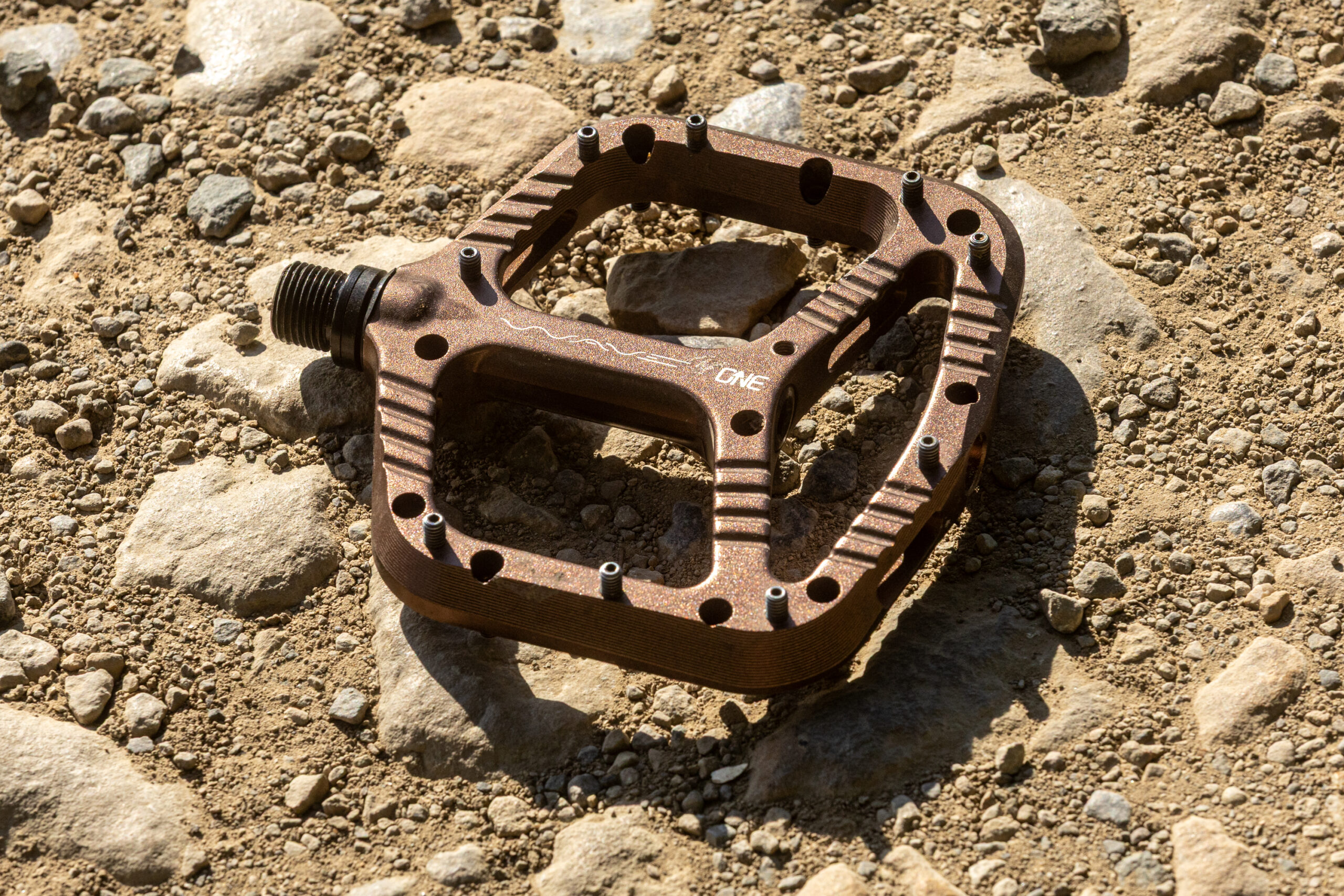
Nice try OneUp, I applaud your commitment to experimenting, but the Waves won’t be going with me on any more rides
Verdict
As a very experienced flat pedal rider, I prioritise outright grip and stability above all else. Some rival pedals definitely offer more hold, but that’s not to say OneUp’s quirky Wave pedal isn’t without merit. The sophisticated shape does encourage a more heels-down position like the brand claims and that could work well for those newer to flats or wanting to try them. The curvy shape also mirrors the contour of the bottom of your foot and feels really comfortable both stood up descending and for extended periods of pedalling. The overall quality and finish are high and the platform is low profile and neat, so there’s good ground strike clearance. And while £150 initially sounds like a lot of cash, sadly it’s pretty standard cash these days for a premium flat pedal.
